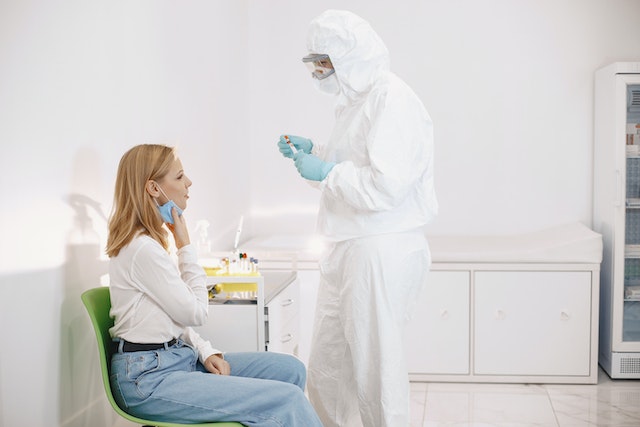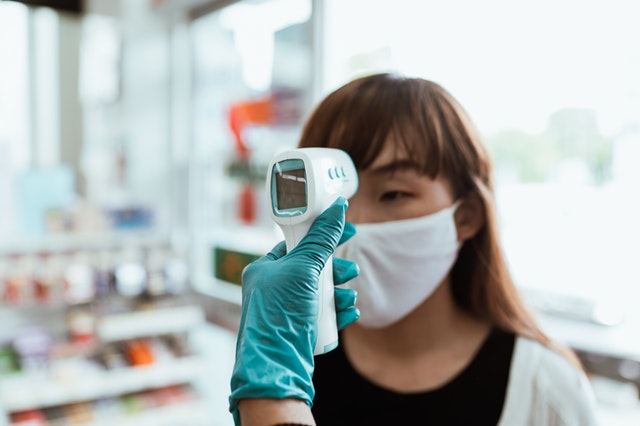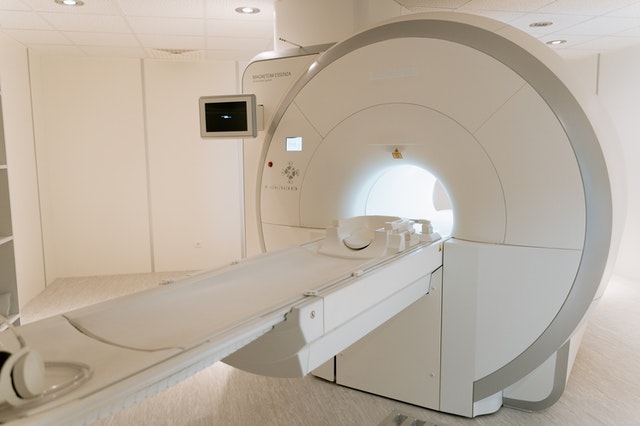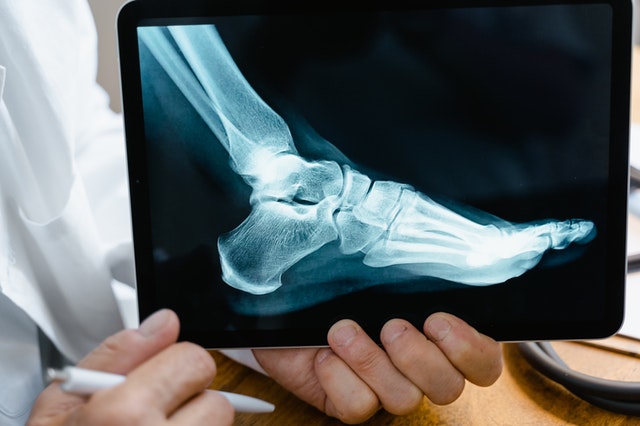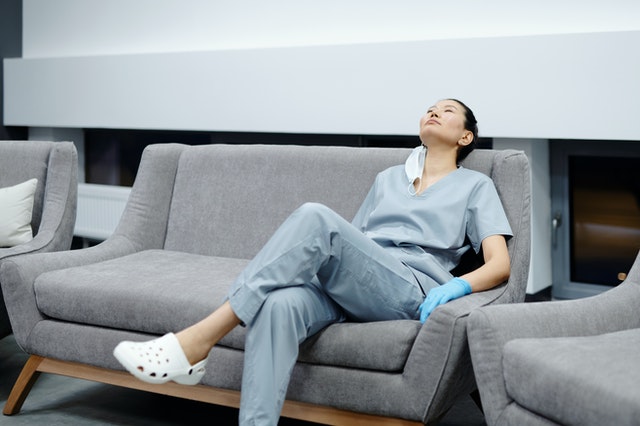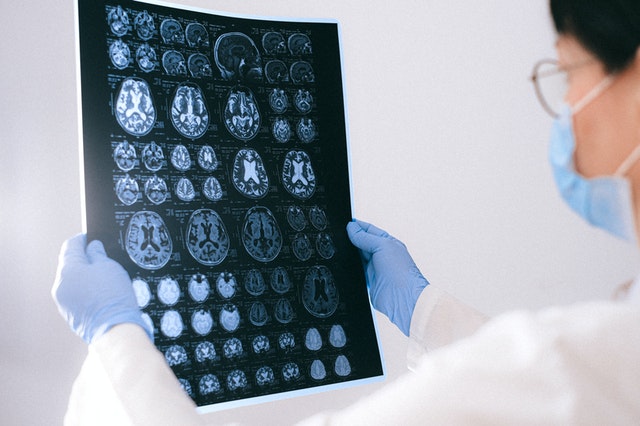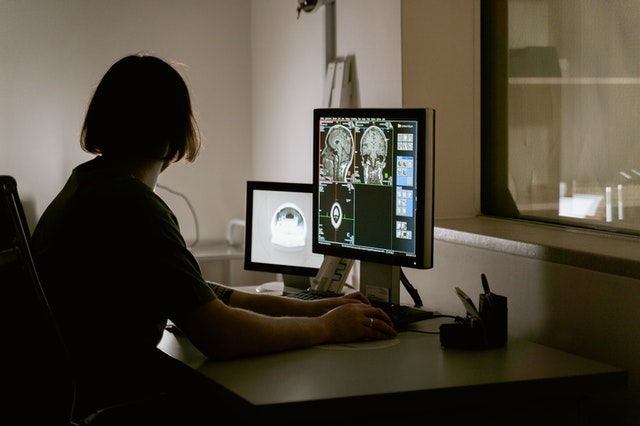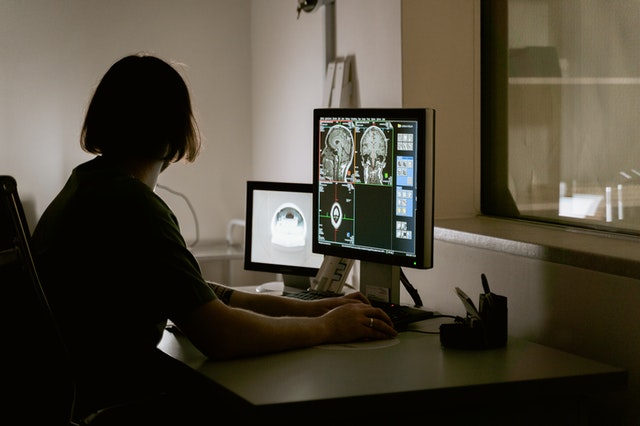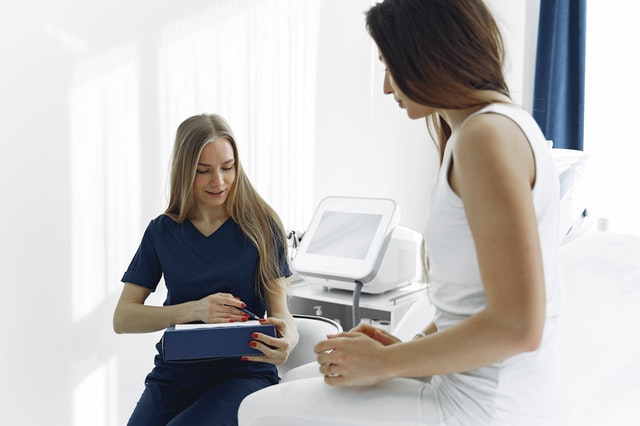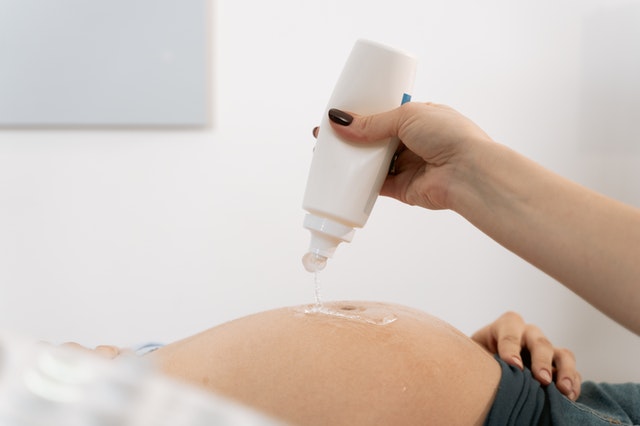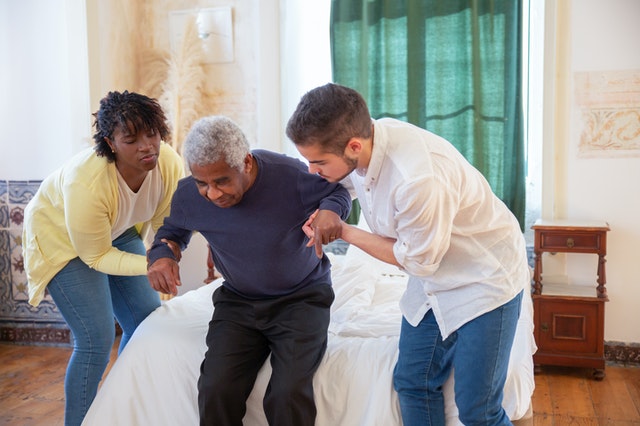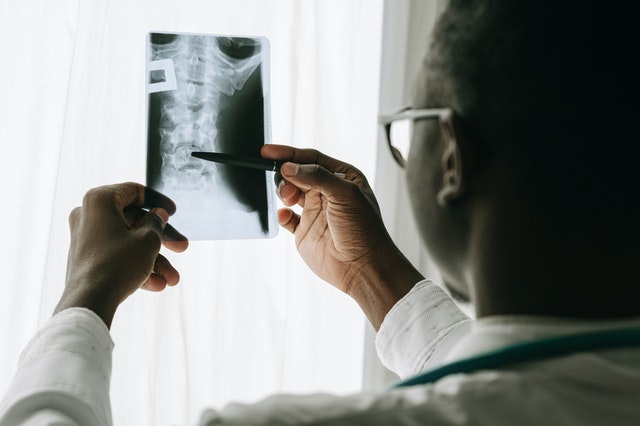Without a doubt, it is far better to catch any disease in its earliest stages. Screening allows for early detection and more effective treatment. Below are the top five screenings every woman should have to detect and prevent diseases.
Mammogram- 1 in 8 women will have breast cancer at some point in their lives. For some women this occurs earlier than others. The general guideline is that women ages 40 to 44 should have mammograms. However, if a family history or a genetic predisposition to breast cancer is present, it is more important than ever to get annual screenings.
Cervical –
A Pap smear or HPV test can find irregularities in cells that point to cervical cancer in the early stages. If signs of cervical cancer are detected a transvaginal, transrectal, or an MRI should be performed to ascertain the extent of the cancer or tumor.
Bone Density-
After age 65, it is recommended that all women get a bone density screening. Practitioners can utilize x-ray, body CT, spine CT or a bone density scan to assess the progression of osteoporosis
Cholesterol
Blood tests can detect high cholesterol. To further evaluate vessels in the heart, doctors can use a CAC test, a type of CT scan. According to the American Heart Association, patients aged 40 to 75 should receive this screening, especially when the risk of heart disease can’t be determined.
Colorectal Cancer
The US Preventive Services Task Force recommends women over the age of fifty-five should get a colorectal examination. Colonoscopy, CT colonography, and flexible sigmoidoscopy are used for visual detection of colorectal cancer.
Over the past 30 years, there have been many advancements in radiology that allow for better imaging and faster screening. With three dimensional and cross-sectional imaging, practitioners can get a better view of areas of concern and catch cancers or other diseases in their earliest stages. Moreover, electronic transmission enables radiologists to read screenings remotely for a quicker turnaround time.
Helping your Patients get Screened
Even with these advancements, education is key in encouraging women to get screening. There is a tried and true saying —when you know better, you do better. Education can be employed in a variety of ways. Do you operate a women’s wellness clinic? You want to spread the right information that can save your patients’ lives. Here are a few tips to do just that:
- Newsletters are cost-effective and can have a far-reaching impact. It is important to utilize personal stories, so that patients can put a face to the statistics. These often create a connection with patients as well. Women can see themselves in the stories of other women.
-

Newsletters a a great way to spread the word about the importance of screening Virtual events are more convenient for patients than the traditional fundraising events, especially in the age of COVID. Not to mention, they are also cost-effective. The virtual events can also utilize statistics, personal stories, and discussions by doctors in the field.
Imaging centers should work with doctors to encourage them to speak with their patients about the importance of screenings, as patients rely on their doctors for the majority of their information.
Early screening is often overlooked. However, it is of the utmost importance to encourage patients to get regular screenings to allow for ear detection and treatment. Doing so can save lives.
Teleradiology Services
If you are concerned that your healthcare facility simply cannot support the amount of time it takes to review screening results, that’s where Vesta comes in. In service for nearly 15 years, Vesta provides telemedicine and teleradiology services to fill in those gaps for you. With 24 x 7, 365 year round service, Vesta Teleradiology employs US Board Certified radiologists to receive and expertly interpret mammograms and more.
Whether your facility is in a major city or is a satellite in a rural town, we can help.
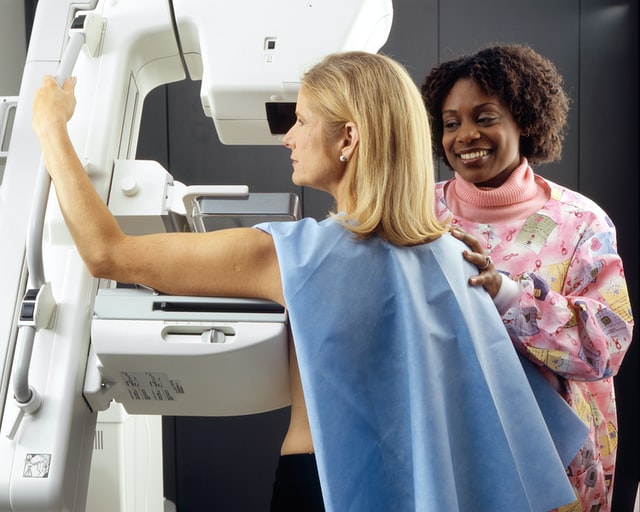
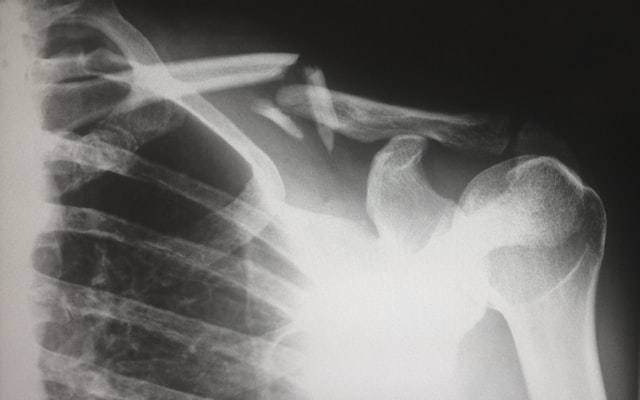


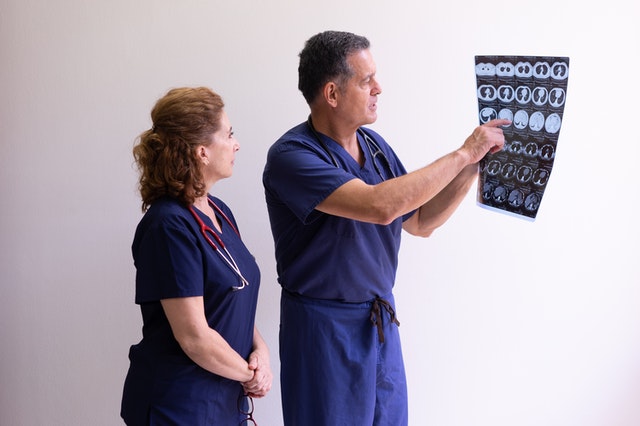 Studies suggest
Studies suggest



